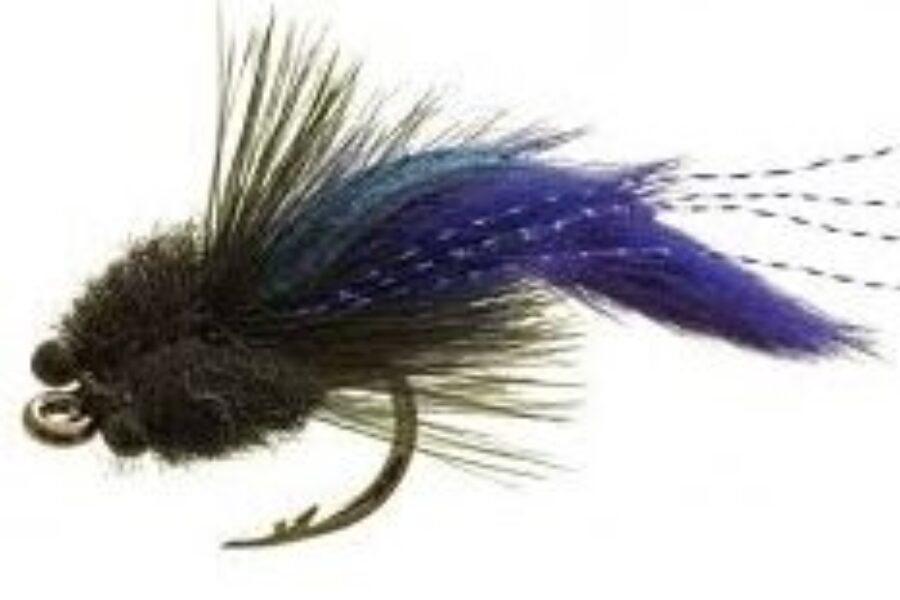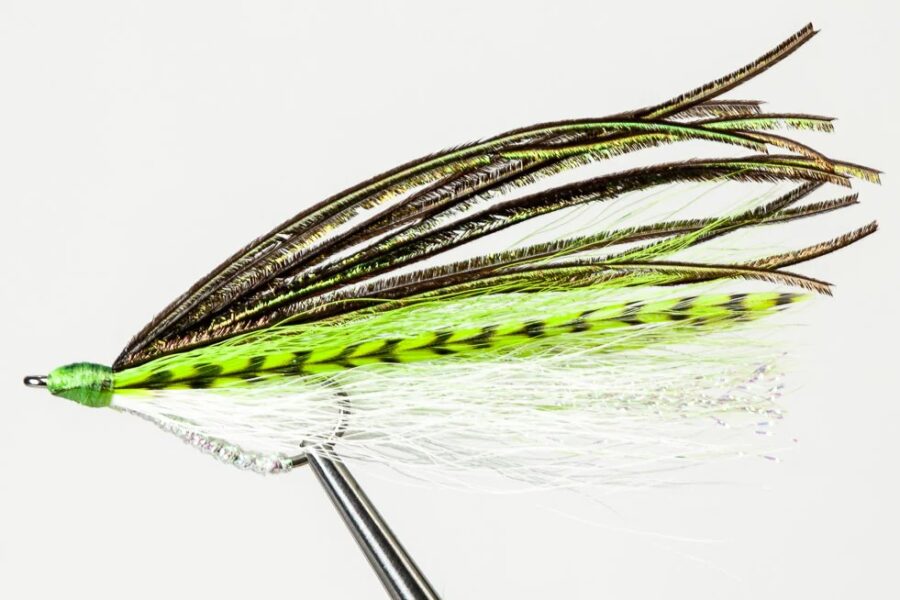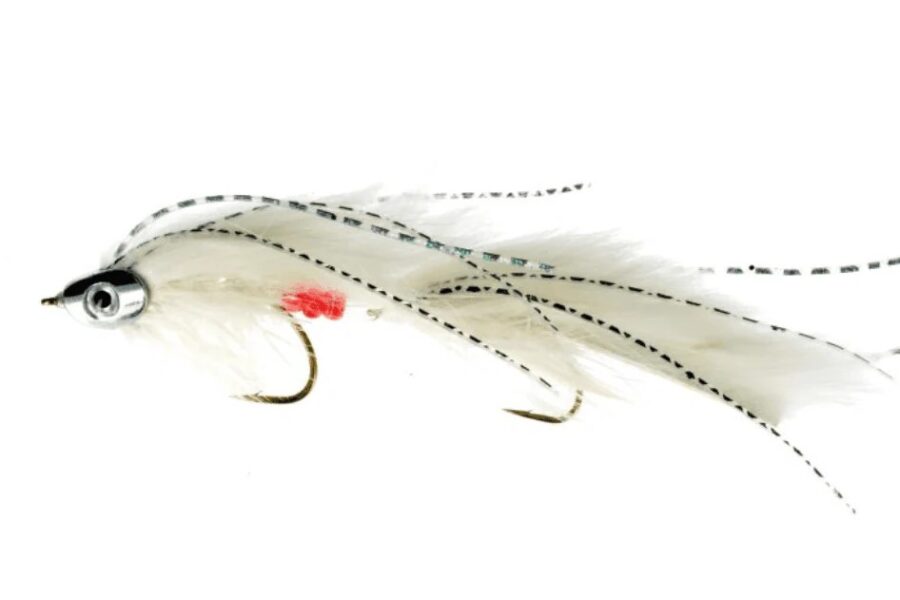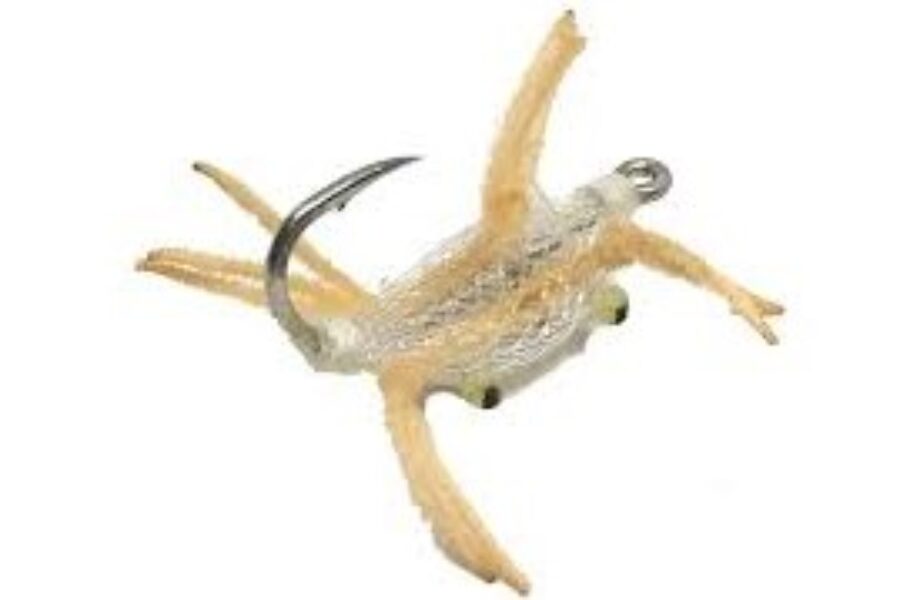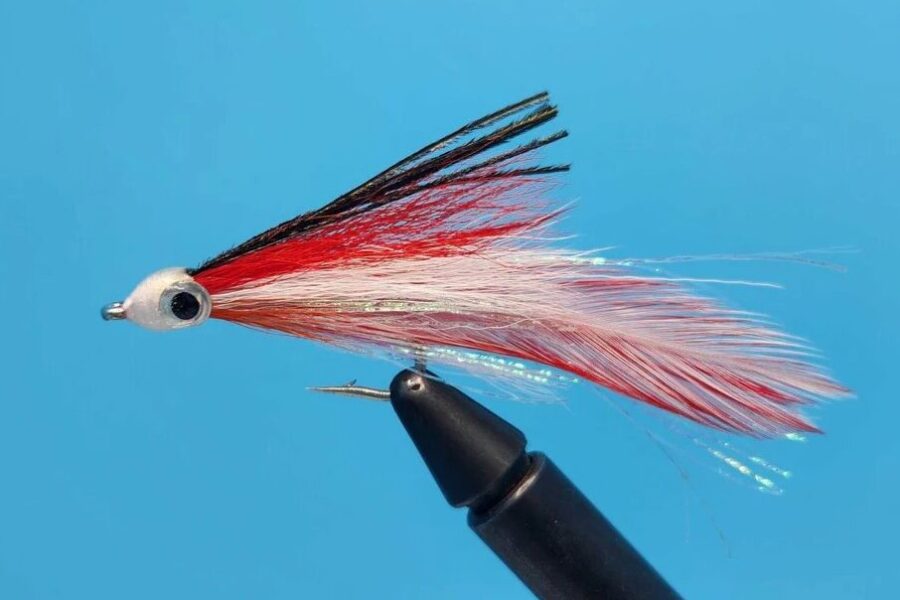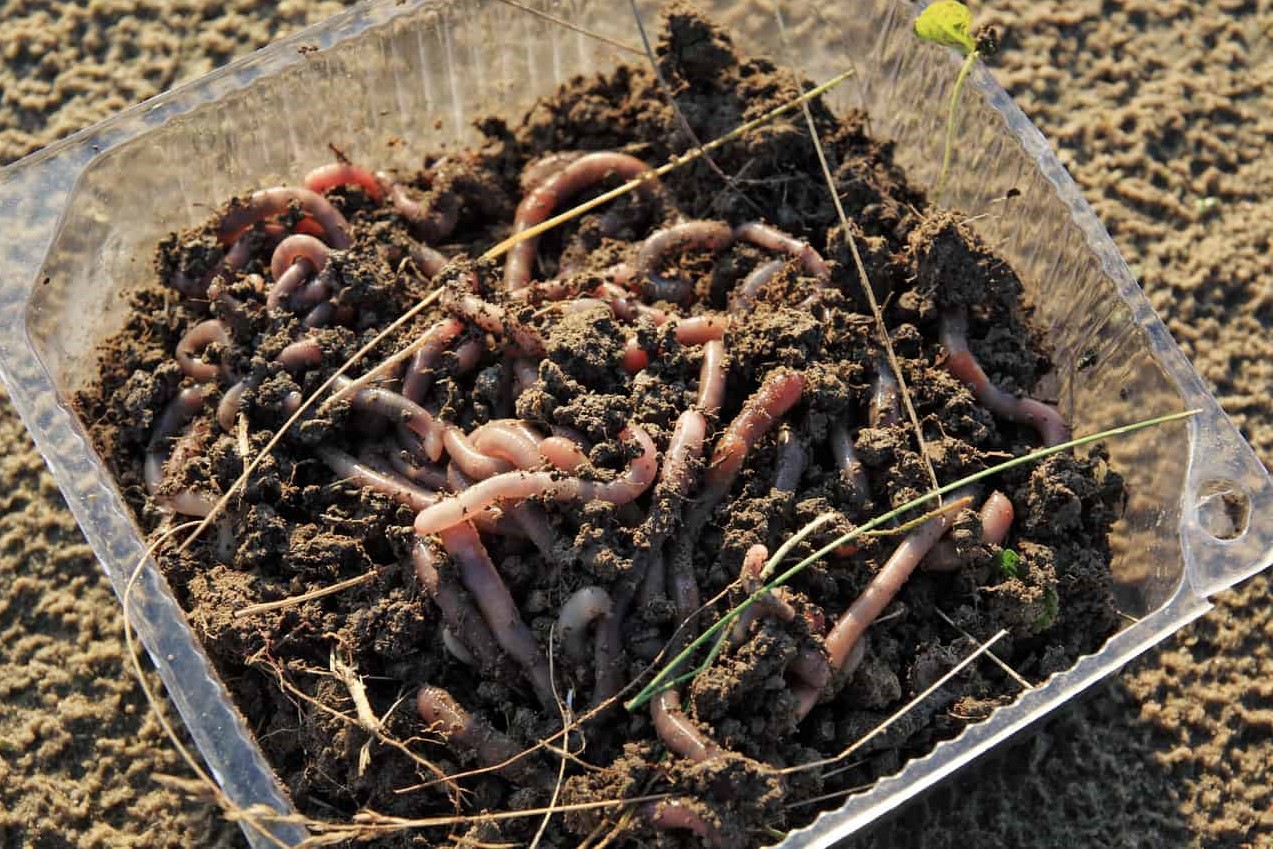Tips On How You Can Dig Your Own Nightcrawlers
Fishing holds a unique place in people’s lives, serving different purposes for different individuals. Some view it as a competitive sport requiring skill and proficiency, while others embrace it as a peaceful recreational pastime that offers a perfect escape from daily stress. For many communities worldwide, fishing remains a vital source of sustenance. Regardless of your motivation for fishing, the following comprehensive guide will help you master the basics and enhance your fishing experience.
Types of Nightcrawlers and Optimal Digging Techniques
Nightcrawlers come in several varieties, each with unique characteristics for fishing. The common European nightcrawler (Lumbricus terrestris) is the largest and most popular for fishing, typically reaching 8-10 inches when fully extended. The red wiggler (Eisenia fetida) is smaller but extremely active, making it excellent for panfish. Canadian nightcrawlers are known for their durability and can survive longer in cooler water conditions.
For optimal digging success, timing is crucial. Nightcrawlers surface after dark, especially on warm, damp nights. Use a red-filtered flashlight to spot them, as they’re less sensitive to red light. When grabbing them, use a swift but gentle motion to prevent them from retreating into their burrows. The best digging locations include:
- Well-watered lawns
- Gardens with rich, organic soil
- Areas near composts
- Shaded areas under trees
- Parks and golf courses (with permission)
Seasonal Fishing Strategies
Each season demands different approaches to maximize your fishing success. In spring, focus on shallow waters that warm up first, where fish gather to spawn. Use lighter tackle and smaller bait as fish are still somewhat sluggish from winter.
Summer fishing is most productive during early morning and evening hours when surface temperatures are cooler. Deep water fishing becomes essential during midday, as fish seek cooler temperatures. Try using:
- Top-water lures during dawn and dusk
- Deep-running crankbaits during midday
- Soft plastics near underwater structures
- Live bait in deeper, cooler waters
Fall brings excellent fishing opportunities as fish feed heavily before winter. Focus on areas where baitfish congregate and match your lures to the local forage size. Winter requires the slowest presentations, as fish metabolism slows significantly. Use smaller baits and fish them very slowly near the bottom.
Equipment Maintenance and Care
Proper maintenance extends the life of your fishing gear and ensures optimal performance. After each fishing trip:
- Rinse rods and reels with fresh water to remove salt and debris
- Wipe down equipment with a clean, dry cloth
- Apply reel oil to moving parts every 3-4 trips
- Check rod guides for cracks or wear
- Inspect line for abrasions or weak spots
For reels specifically:
- Clean the spool and check for line bedding issues
- Lubricate the bail roller and line roller
- Tighten any loose screws
- Check drag washers for wear
- Clean and lubricate internal gears annually
Bait and Lure Strategies
Variety is crucial when it comes to artificial bait selection. If you haven’t received any bites for an extended period, consider changing your lure. Fish can become accustomed to certain bait types, so offering something different, perhaps shinier or in a different shade, might trigger their feeding response. Spinnerbaits have proven particularly effective for various species, especially bass and crappies, thanks to their flash and vibration that simulate injured baitfish.
Bait Preparation and Storage
Proper bait preparation and storage dramatically affects your fishing success. For nightcrawlers:
- Store in a ventilated container with moist, clean bedding
- Keep temperature between 50-60°F
- Remove any dead worms promptly
- Change bedding material every 2-3 weeks
- Add small amounts of cornmeal for feeding
For artificial baits:
- Organize by type and size in waterproof containers
- Store soft plastics separately to prevent melting or reaction
- Keep scented baits sealed to maintain effectiveness
- Remove salt residue after use in saltwater
- Replace rusty or damaged hooks
- Clean painted lures to maintain their finish
Patience: The Fundamental Virtue of Fishing
Patience isn’t just a virtue in fishing—it’s an essential tool that every angler must develop. Don’t allow yourself to become irritated when fish aren’t biting, as this negative energy can ruin your entire fishing experience. Remember that successful fishing often involves waiting for the right moment, and this waiting period is part of the experience’s charm. Use this time to observe nature, perfect your technique, or simply enjoy the peaceful surroundings.
Essential Safety and Comfort Considerations
Sunscreen should be at the top of your packing list, regardless of the forecast temperature. The water’s surface acts as a mirror, reflecting and intensifying the sun’s rays, which can lead to severe sunburn even on cloudy days. Choose a waterproof sunscreen with a high SPF rating, and reapply it regularly throughout your fishing session.
Weather awareness is crucial for both safety and success. Always check the weather forecast before embarking on your fishing adventure. Bring a portable weather radio to stay informed about changing conditions, as weather patterns can shift rapidly near bodies of water. This preparation can help you avoid dangerous situations and know when to seek shelter.
Advanced Fishing Techniques: Fly Fishing
Fly fishing represents a sophisticated and artful approach to the sport. This technique differs significantly from conventional fishing methods, requiring specialized equipment and skills. If you’re interested in exploring fly fishing, you’ll need to invest in specific gear, including:
- Specialized fly rods designed for different types of casting
- Fly-specific reels that complement your rod
- Appropriate clothing designed for wading and movement
- Artificial flies that mimic local insects
- Specialized line types including backing, fly line, leader, and tippet
Reading Natural Signs: The Bird Connection
Experienced anglers know that birds can be excellent indicators of productive fishing spots. Fishing birds, such as herons, kingfishers, and seagulls, naturally seek out areas with abundant fish populations. When you spot birds diving into the water or congregating in a particular area, it often signals the presence of bait fish—and where there are bait fish, larger game fish usually follow. This natural intelligence can significantly improve your fishing success rate.
Environmental Responsibility
Responsible fishing practices are essential for preserving aquatic ecosystems. Any fish that doesn’t meet minimum size requirements should be carefully released back into the water. This practice ensures that fish populations remain sustainable for future generations. Additionally, proper catch-and-release techniques are crucial for the fish’s survival.
Deep Sea Fishing Intelligence
When venturing into deep sea fishing, learning to read water conditions becomes crucial. Keep an eye out for floating debris, which often attracts smaller fish seeking shelter, which in turn attracts larger predatory fish. Seabirds feeding on small fish often indicate the presence of larger game fish swimming below the surface, as they follow the same bait schools.
Essential Supplies for Extended Fishing Trips
Proper preparation for lengthy fishing expeditions is crucial, especially during warm weather. Dehydration and hunger can significantly impact your fishing performance and overall experience. Pack plenty of water and high-energy snacks based on your trip’s duration. Consider bringing:
- Multiple water bottles or a large water container
- Energy-rich snacks like nuts and dried fruits
- Substantial meals for longer expeditions
- Electrolyte replacement drinks for hot weather
Hook Maintenance and Preparation
Sharp hooks are fundamental to successful fishing. Even if all other aspects of your technique are perfect, dull hooks can prevent you from landing fish effectively. Carry replacement hooks or a hook sharpener in your tackle box. Regular hook maintenance should become part of your fishing routine, as it significantly increases your chances of success.
Dealing with Large Fish
When reeling in a large fish that begins to turn around, proper technique becomes crucial. If your line is too short to allow the fish to move, you risk losing both the fish and your equipment. Instead, let your line out slightly before resuming the retrieval process. This technique gives you better control and increases your chances of landing the fish successfully.
Safety Considerations for Aggressive Species
Some fish species can be particularly aggressive and may attempt to bite when handled. Wearing appropriate fishing gloves not only protects your hands but also makes it easier to remove hooks and release fish safely. This protection is especially important when dealing with species known for their sharp teeth or spines.
Handling Fish Properly
Before handling any fish, wet your hands thoroughly. This simple step prevents you from removing the protective slime coating that shields fish from infections and parasites. This consideration becomes even more critical when practicing catch-and-release fishing, as it helps ensure the fish’s survival after release.
Insect Protection Strategies
When fishing, you’ll often find yourself in environments where insects thrive. Pack effective insect repellent to protect yourself from mosquitoes and other biting insects that can make your fishing experience uncomfortable. Consider bringing:
- Long-lasting insect repellent
- Protective clothing with built-in insect protection
- After-bite treatment for any bites that occur
- A head net for areas with heavy insect activity
Understanding Fish Behavior
Success in fishing requires more than just good equipment and technique—it demands an understanding of fish behavior. Research the species you’re targeting to learn about their:
- Feeding patterns and preferred times
- Typical habitat preferences
- Seasonal movement patterns
- Response to different weather conditions
- Preferred water temperatures and conditions
This knowledge significantly increases your chances of success, as fish, while not highly intelligent, do exhibit predictable behaviors that can be learned and exploited.
Proper Fish Disposal Practices
After cleaning your catch, proper disposal of fish remains is important for both environmental and practical reasons. If you have pets that dig, either bury the remains in a very deep hole or consider alternative disposal methods like composting in appropriate containers or using municipal waste services designed for organic matter.
By following these comprehensive guidelines and continuously learning from your experiences, you’ll develop into a more skilled and successful angler. Whether you’re fishing for sport, relaxation, or sustenance, these tips will help enhance your fishing adventures and increase your chances of a successful catch.

